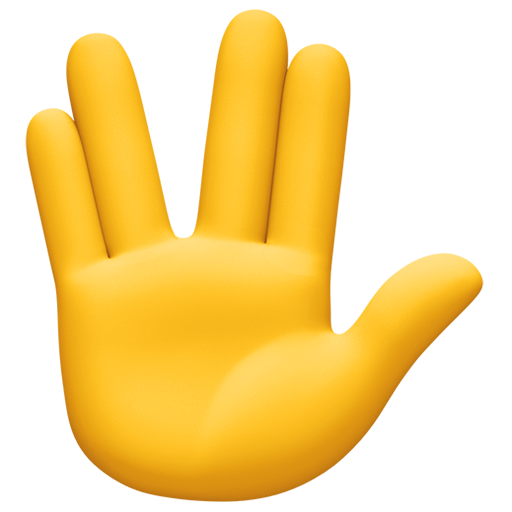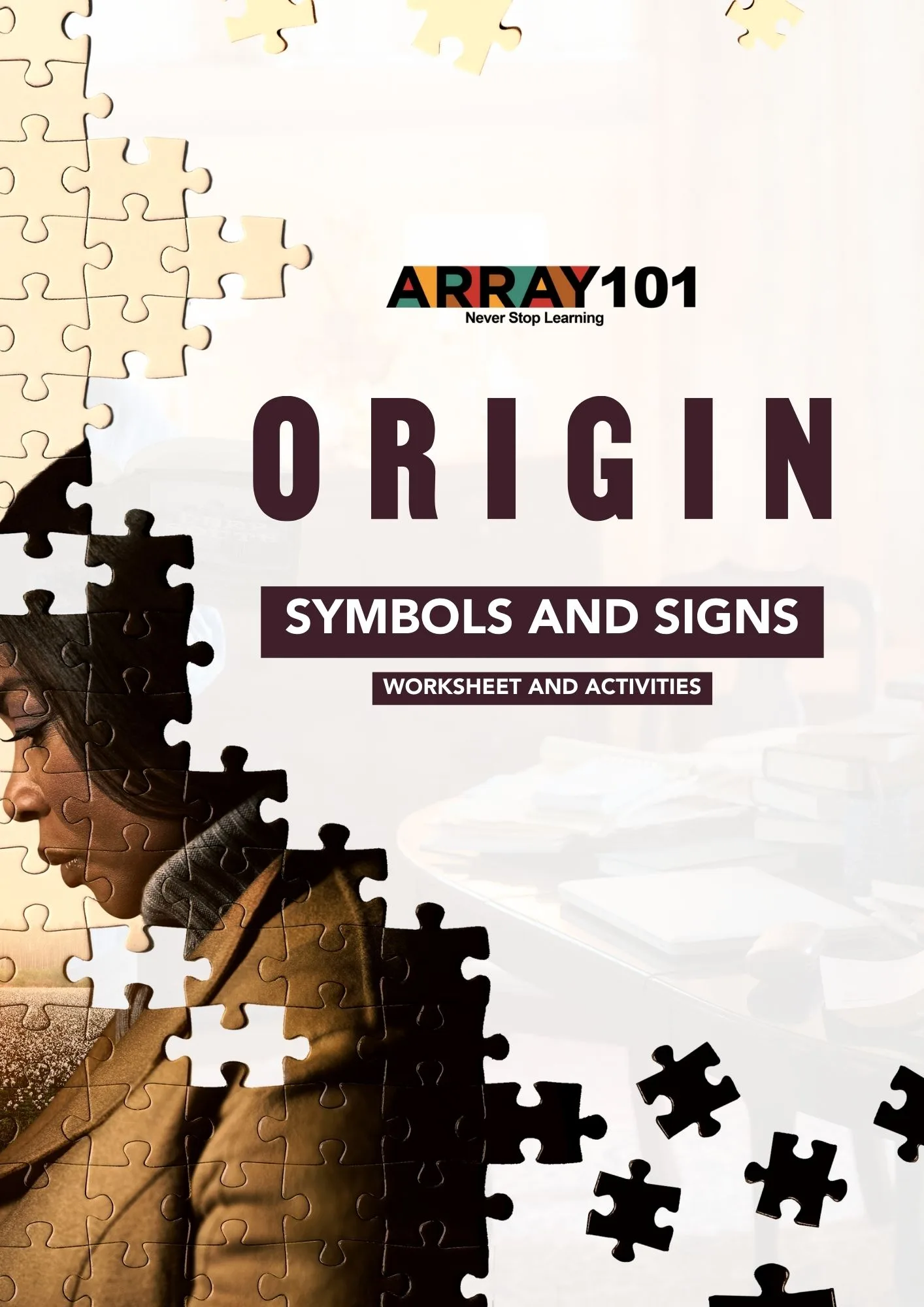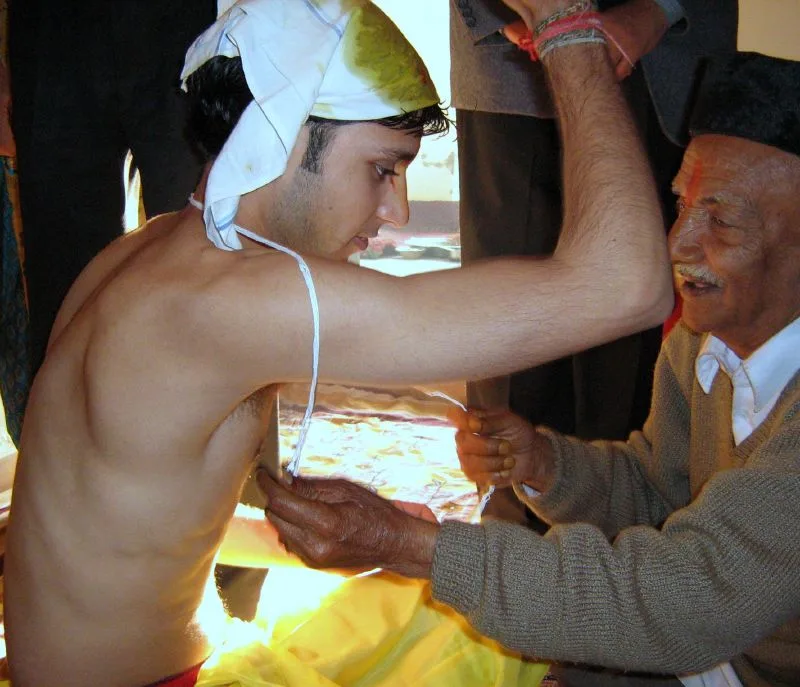
SYMBOLS AND SIGNS: THE HIDDEN LANGUAGE OF HIERARCHY
Thousands of years ago, our human ancestors grasped the essence of their world through symbolism, assigning profound meanings to various events and linking them to tangible objects. Ingeniously, they crafted telegraphic symbols around 6,000 years ago to represent beliefs and signify affiliations. Unlike icons such as 🚗, 🛒, or 📱, which are simplified and realistic representations of real-world objects, symbols were created to encapsulate ideas and abstract concepts. They served as a means to anchor and represent ideology. For instance, a vertical line intersecting a shorter horizontal line became known as a cross, which symbolized Christianity. Similarly, the combination of a star and a crescent moon is now associated with the Islamic faith, while a wheel with eight spokes represents Buddhism. However, the same symbols that possess the power to unite like-minded individuals can also be used to perpetuate division.
Wars have been waged and lives sacrificed in the name of sacred symbols and the cherished ideological values they represent. Isabel Wilkerson’s best-selling book, Caste: The Origins of Our Discontent, defines caste as the “presumed supremacy of one group against the presumed inferiority of other groups based on ancestry and often immutable traits.” Caste systems employ rigid, sometimes arbitrary boundaries to keep ranked groups apart, distinct from one another and confined to their assigned positions. In caste-based societies, these inflexible boundaries are solidified through the assignment of symbols to various hierarchical positions.
Let’s explore different societies from around the world to see examples of how some communities incorporate symbols into their hidden languages of hierarchy.
THE SACRED THREAD: INDIA
THE SWASTIKA: GERMANY
THE CONFEDERATE FLAG AND MONUMENTS: UNITED STATES
THE SACRED THREAD: INDIA
THE SWASTIKA: GERMANY
THE CONFEDERATE FLAG AND MONUMENTS: UNITED STATES
In October 2023, the statue of Confederate General Robert E. Lee in Charlottesville, Virginia was melted down to be repurposed into new works of art. The monument was at the center of the protest led by white nationalists in 2017 that led to the death of Heather Heyer.
“The statue was taken down in 2021 after years of debate and delay. Protests over the plan to remove the statue morphed into the violent “Unite the Right” rally in 2017. It was during that rally that James Alex Fields Jr., an avowed Hitler admirer, intentionally drove his car into a crowd of counterprotesters, killing 32-year-old Heather Heyer and injuring 19 others. Fields is serving a life sentence.” – AP News
“The statue was taken down in 2021 after years of debate and delay. Protests over the plan to remove the statue morphed into the violent “Unite the Right” rally in 2017. It was during that rally that James Alex Fields Jr., an avowed Hitler admirer, intentionally drove his car into a crowd of counterprotesters, killing 32-year-old Heather Heyer and injuring 19 others. Fields is serving a life sentence.”
– AP News
WHAT’S NEW?
The Janeu thread, the Swastika and the Confederate Flag are three examples of tangible, outward facing symbols that are either worn or displayed. But symbols continue to evolve and shape our present-day culture. Emojis and memes are meant to be fun and quirky, but might they be used in our digital communications in ways that signal status, or even exclude?
In the following activities, let’s explore the creation and use of memes and emojis and what they reveal about society and hierarchies.
ACTIVITY:
EMOJI EVOLUTION: DECIPHERING SYMBOLS OLD AND NEW
Emojis are more than just fun faces! Emojis have become a universal language of the digital age. In the same way older symbols conveyed deep meanings, emojis also have layers.
Fun Fact
The word emoji, invented in 1997, is Japanese in origin. It was created by combining e (絵) which means “picture” with moji (文字) which means “character.”
Initially conceived as lighthearted and expressive visual aids, emojis have evolved into something far more complex. On the surface, emojis are a means of expressing emotions, thoughts or ideas in a creative and often comical manner. Emojis transcend the barriers of language, connecting people globally. However, like traditional symbols that have conveyed complex ideologies for millennia, emojis carry with them the ability to unite and divide. Although emojis are often celebrated for their ability to foster connections, these seemingly harmless symbols can be used to stereotype individuals.
Emojis and Caste?
Emojis can inadvertently reflect societal biases and thus function as caste symbols.
A recent study from the University of Edinburgh contends that “emojis can change how people perceive the information that is provided in a similar way to how people speak can reveal information about a person’s identity.” For instance, facial and hand emojis, which are embedded with a certain skin tone or a certain hair color, may be attributed a social meaning that advantages some groups over others when a person uses them. Even the default yellow skin-toned emojis are still white-leaning — the way that the hair falls, the shape of the eyes, etc. — and reinforce white standards of beauty. Given this issue of neutrality and the prevalence of emojis, how do we devise a solution that highlights inclusivity and removes caste biases in our use of these symbols?
PROCEDURES
- BEGIN by watching A Brief History of Emoji, and CONSIDER any new learning or insights you have after viewing this clip.
- GUESS an emoji’s meaning using the flipcards below. What would be a fun way to use some of the lesser-known symbols?
PROCEDURES
- BEGIN by watching A Brief History of Emoji, and CONSIDER any new learning or insights you have after viewing this clip.
- GUESS an emoji’s meaning using the flipcards below. What would be a fun way to use some of the lesser-known symbols?

Non-potable water | Water that’s only suitable for non-drinking purposes

Vulcan Salute | From the show Star Trek, the hand sign sends good wishes and means “live long and prosper”

Fleur-de-lis | Pride in French heritage

Teacup | Tea, or the latest gossip

Money with wings | Losing or gaining large sums of money

GOAT | An initialism that means Greatest of All Time

Non-potable water | Water that’s only suitable for non-drinking purposes

Vulcan Salute | From the show Star Trek, the hand sign sends good wishes and means “live long and prosper”

Fleur-de-lis | Pride in French heritage

Teacup | Tea, or the latest gossip

Money with wings | Losing or gaining large sums of money

GOAT | An initialism that means Greatest of All Time
Definition Source: https://www.engagebay.com/blog/emojis-with-meaning/
ACTIVITY:
SYMBOLS AND SIGNS WORKSHEET AND ACTIVITIES
What if our current emoji and trending memes are fraught with biases?
Download this worksheet and create new emojis and memes that are inclusive as a group!







